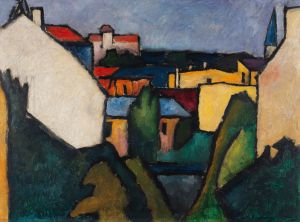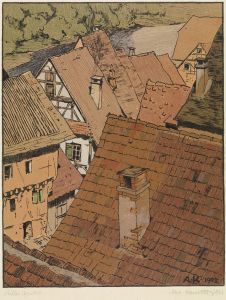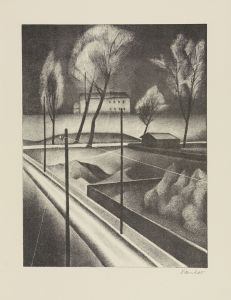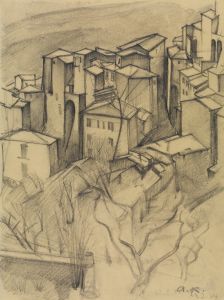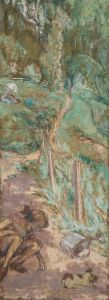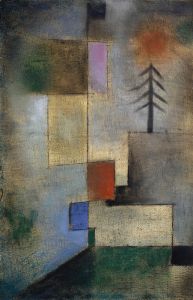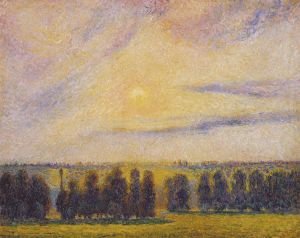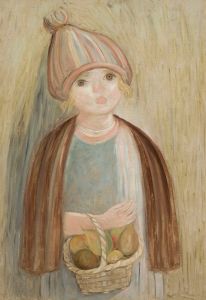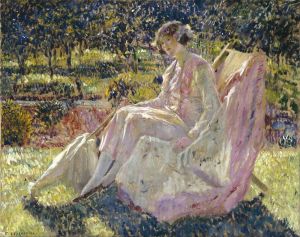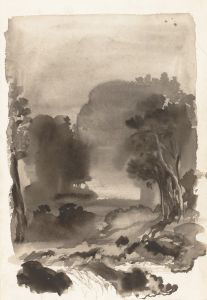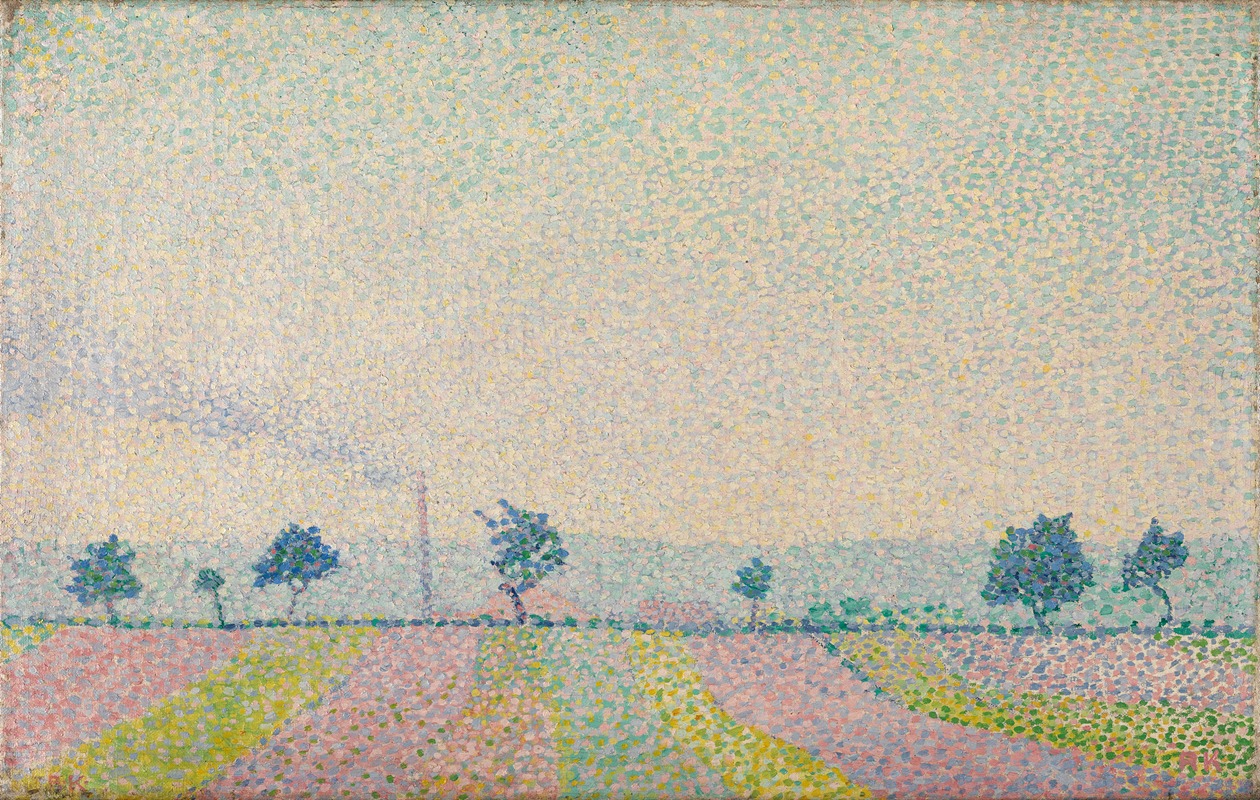
Morgensonne
A hand-painted replica of Alexander Kanoldt’s masterpiece Morgensonne, meticulously crafted by professional artists to capture the true essence of the original. Each piece is created with museum-quality canvas and rare mineral pigments, carefully painted by experienced artists with delicate brushstrokes and rich, layered colors to perfectly recreate the texture of the original artwork. Unlike machine-printed reproductions, this hand-painted version brings the painting to life, infused with the artist’s emotions and skill in every stroke. Whether for personal collection or home decoration, it instantly elevates the artistic atmosphere of any space.
Alexander Kanoldt (1881–1939) was a German painter associated with the New Objectivity (Neue Sachlichkeit) movement, which emerged in Germany during the 1920s. His painting Morgensonne (translated as "Morning Sun") is one of his notable works, reflecting the stylistic characteristics of the movement. The New Objectivity was a reaction against the emotionalism of Expressionism, emphasizing a more detached, realistic, and precise depiction of subjects.
Morgensonne exemplifies Kanoldt's meticulous approach to composition and detail. The painting is characterized by its geometric structure, clean lines, and a sense of stillness. Kanoldt often depicted architectural elements, interiors, and still lifes with a focus on clarity and order, and Morgensonne is consistent with this approach. The work conveys a serene atmosphere, with light and shadow playing a significant role in creating depth and texture. The title suggests a focus on the morning light, which Kanoldt skillfully captures to enhance the mood and structure of the scene.
Kanoldt was a member of the Munich-based group "Die Neue Künstlervereinigung München" (The New Artists' Association of Munich) before becoming associated with the New Objectivity. His works often reflect the movement's emphasis on realism and a rejection of abstraction. Morgensonne is an example of his ability to blend technical precision with an almost meditative quality, inviting viewers to contemplate the interplay of light, form, and space.
During his career, Kanoldt's work was exhibited widely, and he was recognized as an important figure in the New Objectivity movement. However, like many artists of his time, his career was affected by the rise of the Nazi regime in Germany. The regime condemned modern art, labeling it as "degenerate," and Kanoldt's work was included in the infamous Degenerate Art Exhibition (Entartete Kunst) in 1937. Despite this, his contributions to modern art remain significant, and his works, including Morgensonne, continue to be studied and appreciated for their technical mastery and unique aesthetic.
Further details about Morgensonne, such as its current location or specific creation date, are not readily available in public records. However, the painting remains an important example of Kanoldt's contribution to the New Objectivity movement and early 20th-century German art.





